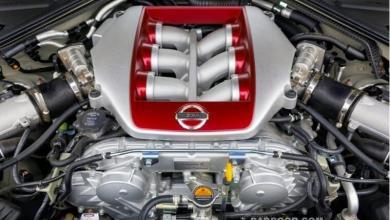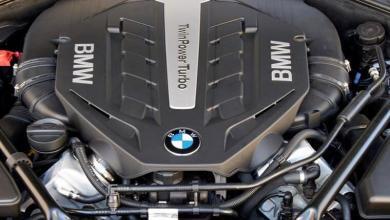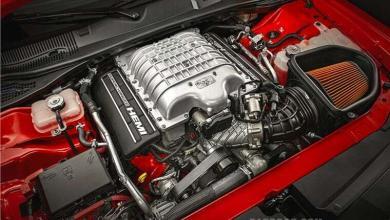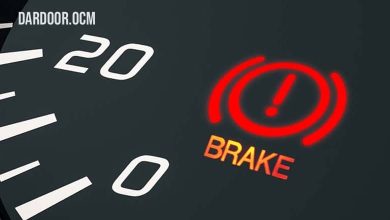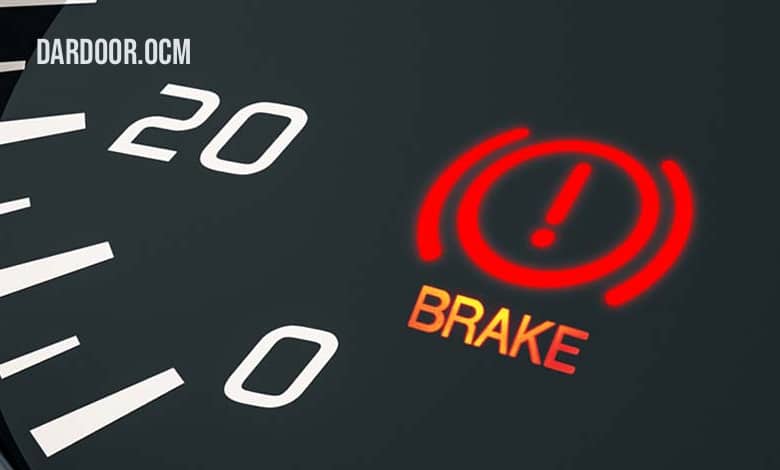
Figure out why the brake warning light is on and what is wrong with the car’s brake system. This repair guide will explain to you what you can do to fix this problem.
How The Brake Warning Light Works?
The brake warning light is a technical feature which is connected to three monitoring sensors. The first sensor is the brake fluid level in the brake master cylinder. The 2nd sensor is the parking brake lever or foot actuator arm which informs you if the emergency brake is still on while driving. The 3rd sensor is to check the overall brake system pressure.
What is the Problem?
The red brake warning light is there to notify you of a risk that affects the immediate braking ability of the car. This risk can affect the front or rear portion of the brake system.
What Will Be The Cost to Fix it?
The cost of fixing a non-functional brake warning light depends on the cause of the problem which might be a minor problem by just adding brake fluid to the cylinder $2.00 (US). While changing the master cylinder can cost between $35.00 and $65.00 (US) if you are doing it yourself and up to $250.00 (US) if you are having it done at a repair workshop.
Let’s Get Started
Please park your car on level ground and lift the hood. Have your fully charged flashlight ready for inspection.
Step 1: Check First The Brake Fluid
A minimum level of brake fluid must be in the system for it to work properly. The fluid level sensor is located in the fluid reservoir which monitors and senses this minimum level. With the hood open try to find this fluid reservoir and check the level. There are only two reasons for this fluid to be lower than the minimum level. The first is a leak in the brake system which could be at the rear of the master cylinder. The brake’s calliper seal has failed or a rear wheel cycling is leaking. There might be a few unusual problems including a brake flex hose or one of the steel lines that has rubbed through on the body frame. The 2nd and more popular reason is the brake pads have worn down and you must replace them.
Step 2: Check the Parking Brake
The parking brake lever or pedal is connected to a warning switch which is there to inform you that the parking brake is still on. The reason is to avoid overheating the brakes which will cause damage to them. Please check to make sure the brake lever is all the way down. If the car has a parking pedal reach below the pedal pad and pull it upward. If everything is ok and the light is still on, then the switch that monitors the pedal or handle is damaged.
Step 3: Replace the Brake Master Cylinder
The brake master cylinder is there to provide hydraulic pressure to the front and rear brakes independently. This function is utilized to ensure that if one part of the brake system fails to work the other part will still work. When the seals in the master cylinder fail the disproportion in brake pressure will turn the brake warning light on which means the brake master cylinder must be replaced. This condition is usually followed by a low or fading brake pedal.
Step 4: Reset the Proportioning Valve
A brake system proportioning valve is designed to monitor the front and rear brake pressure. When a difference in pressure is detected it will trigger this valve which in turn turns the brake warning light on. If repairs have been made and the light is still on the valve must be reset by pushing hard and quickly on the brake pedal. This action should push the proportioning valve plunger to the center of the valve and turn off the warning light.






